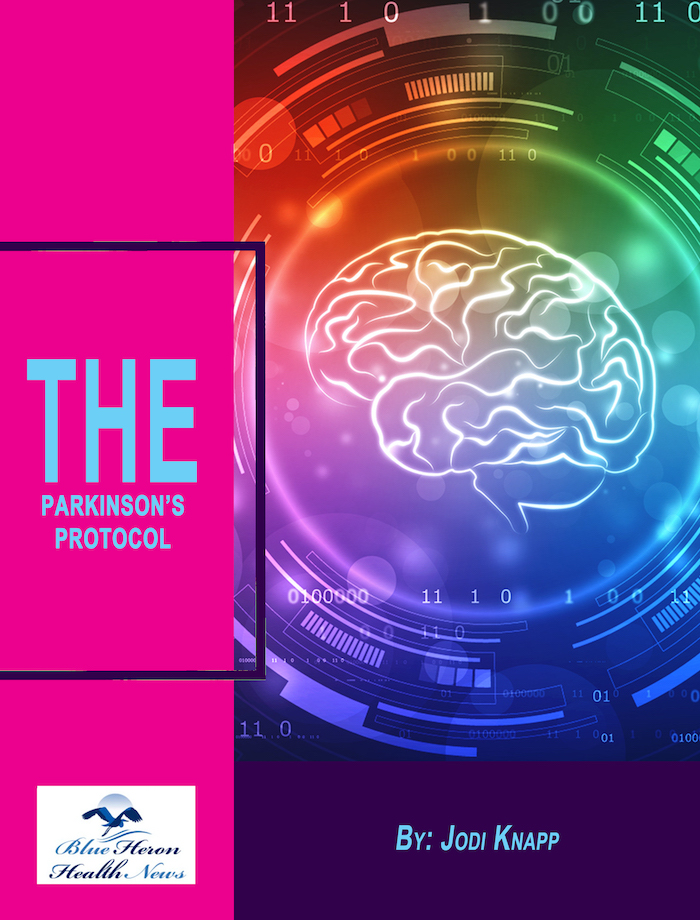
The Parkinson’s Protocol™ By Jodi KnappThus, the eBook, The Parkinson’s Protocol, educates you regarding the natural and simple ways to minimize the symptoms and delay the development of Parkinson’s effectively and quickly. It will also help your body to repair itself without following a specific diet plan, using costly ingredients or specific equipment. Its 60 days guarantee to return your money allows you to try for once without any risk.
Lifestyle and Management
Managing Parkinson’s disease (PD) effectively involves a combination of medical treatments, lifestyle changes, and support strategies. Here’s a comprehensive guide to lifestyle and management practices:
Diet and Nutrition
- Balanced Diet:
- Focus on whole grains, lean proteins, fruits, and vegetables.
- Include foods rich in antioxidants, like berries and green tea, to combat oxidative stress.
- Fiber and Hydration:
- Helps prevent constipation, a common PD symptom.
- Aim for 8-10 glasses of water daily and include high-fiber foods like oats and legumes.
- Protein Timing:
- Protein-rich meals can interfere with levodopa absorption; consider scheduling them around medication times.
Physical Activity
- Regular Exercise:
- Activities like walking, swimming, or yoga improve mobility, balance, and flexibility.
- High-intensity exercises (e.g., cycling or boxing for Parkinson’s) may help reduce symptoms.
- Strength and Balance Training:
- Resistance exercises enhance muscle strength.
- Balance exercises reduce fall risks.
- Stretching:
- Daily stretches or tai chi can relieve stiffness and improve posture.
Stress Management
- Mindfulness and Meditation:
- Reduces stress, which can worsen symptoms.
- Practices like deep breathing and progressive muscle relaxation are effective.
- Creative Therapies:
- Engaging in music or art therapy can improve emotional well-being.
Sleep Hygiene
- Consistent Schedule:
- Go to bed and wake up at the same time daily.
- Comfortable Sleep Environment:
- Dark, quiet, and cool room conditions help.
- Limit Stimulants:
- Avoid caffeine or heavy meals before bed.
Cognitive and Emotional Health
- Mental Stimulation:
- Engage in puzzles, reading, or learning new skills.
- Counseling or Therapy:
- Therapy can address depression or anxiety, common in PD patients.
- Support Groups:
- Connecting with others who have PD fosters community and shared experiences.
Medication Management
- Consistency:
- Take medications at the same times daily to maintain steady symptom control.
- Side Effects Monitoring:
- Report any new symptoms like nausea or dyskinesia to your doctor.
- Complementary Therapies:
- Discuss with your doctor the use of acupuncture, massage, or aromatherapy.
Assistive Devices
- Mobility Aids:
- Use canes, walkers, or railings as needed to prevent falls.
- Speech Aids:
- Consider tools or therapy for speech clarity.
- Adaptive Tools:
- Use utensils with larger handles or devices to aid in daily tasks.
Regular Medical Check-Ups
- Periodic visits to neurologists or movement disorder specialists ensure your treatment plan remains effective.
Social Engagement
- Staying active in community or family events improves mood and reduces isolation.
By combining these strategies, people with Parkinson’s disease can maintain their quality of life and independence for as long as possible. Would you like guidance on any specific area?
The Parkinson’s Protocol™ By Jodi KnappThus, the eBook, The Parkinson’s Protocol, educates you regarding the natural and simple ways to minimize the symptoms and delay the development of Parkinson’s effectively and quickly. It will also help your body to repair itself without following a specific diet plan, using costly ingredients or specific equipment. Its 60 days guarantee to return your money allows you to try for once without any risk.